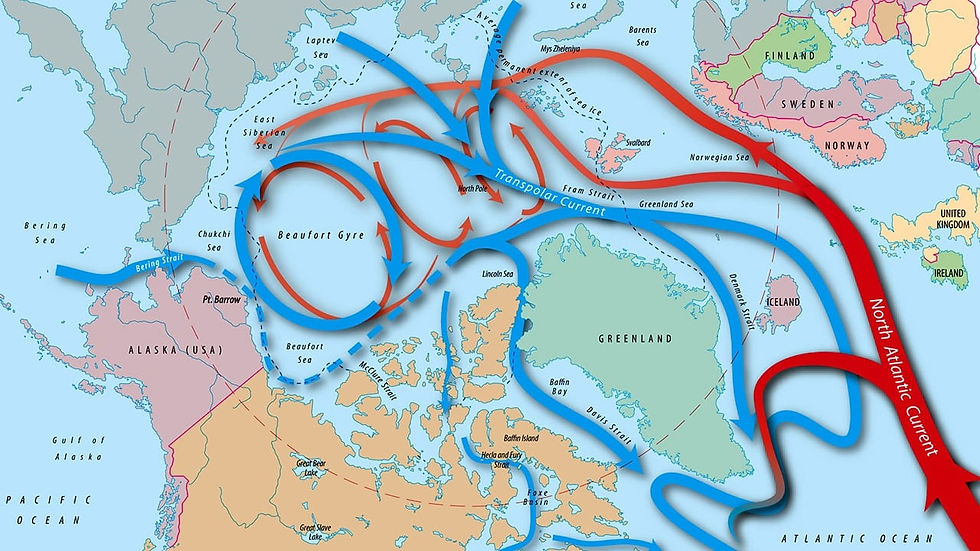Boat Found on Barrier Islands of Point Barrow
- arcticfloatboat
- May 21, 2024
- 2 min read
Updated: Jun 28, 2024
A boat decorated by Elizabeth English Academy in Pisa, Italy was found by Utqiagvik, Alaska residents Mark and Marie Ahsoak on May 18, 2024 while driving their Honda 4-wheelers to the barrier islands east of Point Barrow. Crescent Moon Island is a place Mark and Marie enjoy beach combing after the snow melts on land yet the ocean is still frozen.
This boat was deployed west of Point Barrow on April 4, 2023 by the Float Your Boat team and International Arctic Buoy Programme. The boat was next to an Arctic buoy and perhaps drifted in the Bering Strait current once the landfast ice broke up.


Date Found | 05/18/2024 |
Boat Number | 232048 |
Place Found | Crescent Moon Island, southeast of Point Barrow |
Found By | Mark and Marie Ahsoak |
Date Deployed | April 4, 2023 |
Who Deployed | Float Your Boat Team and International Arctic Buoy Programme |
Deployment Location | west of Point Barrow, Alaska 71° 22' 47.064" N 156° 36' 24.294" W |
Track Taken | Bering Strait Current |


Submitted by Michelle Brown, Post-Doctoral Scholar, STEM Transformation Institute, Florida International University
I was so excited when I heard about the Float Boat opportunity as a former PolarTREC educator, Sarah Johnson. However, I was in Pisa, Italy with my family for the year. Luckily the Float Your Boat program welcomed our collaboration, and the Elizabeth English Academy – a small school that my children attended, were able to create boats to send to the Arctic. I visited the school to introduce the project and also to lead some investigations with students about the polar regions. I shared about my own experiences in the polar regions (Antarctica, not the Arctic though), and we noted questions we had about the Arctic. When we received the news that our boats had landed in the Arctic, I again visited the school to continue our investigations. I asked students what would happen to the boats. Some didn’t know, many thought they would move. Why would they move? Where would they go? We discussed these questions and created models of ice and water using containers. We decided to track the boats alongside the Float Your Boat program to see if our boats would move or stay in the same place. To discover that one of our boats was found is incredibly exciting and will lead to more discussions about ocean currents, ice melt, and climate change. We are so grateful for this collaboration!

Comments